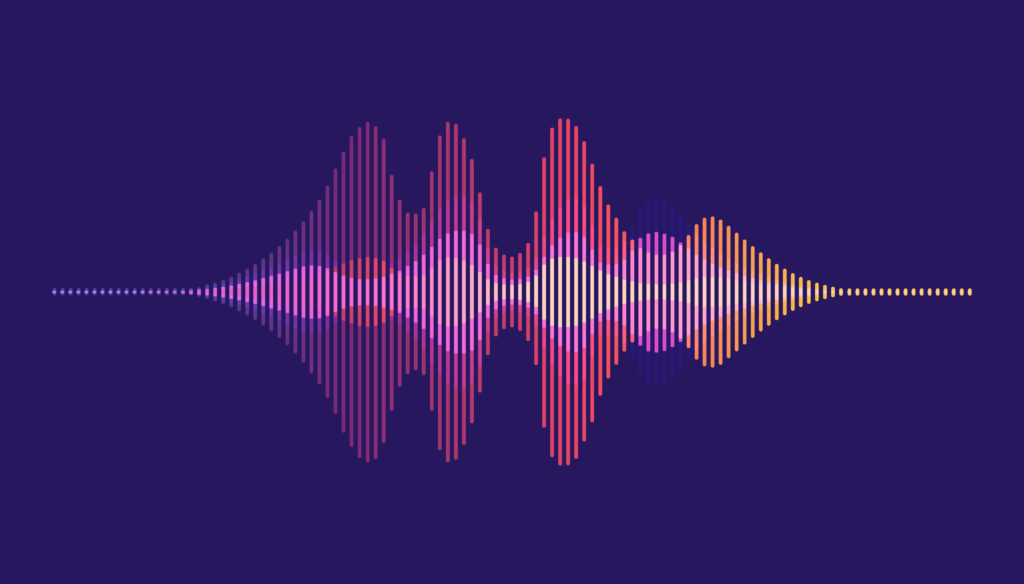In this activity, students explore how sound production was used by ancient cultures as a communication tool over long distances.
The bullroarer, rhombus, or turndun, are ancient musical instrument used in rituals for communicating over extended distances and in driving animals. These instruments date to the Paleolithic period (roughly 2.5 million years ago to 10,000 B.C.), documented in Europe, Asia, the Indian sub-continent, Africa, the Americas, and Australia.
Bullroarers are a prominent musical technology used in ceremonies, to communicate with different people groups across the continent, and as toys.
A bullroarer consists of a weighted airfoil (a rectangular thin slat of wood about 15 cm to 60 cm long and about 1.25 cm to 5 cm wide) attached to a long cord. Typically, the wood slat is trimmed down to a sharp edge around the edges, and serrations along the length of the wooden slat may or may not be used, depending on the cultural traditions of the region in question.
The bullroarer cord is given a slight initial twist, and the roarer is then swung in a large circle in a horizontal plane, or in a smaller circle in a vertical plane. As the instrument travels around its circular path, the pitch appears to rise and fall as it moves closer to and farther away from the listener (Doppler Effect).
By modifying the bullroarer cord's length and/or the speed with which it is turned, the sound can be altered. This can be used to code messages over far distances.




